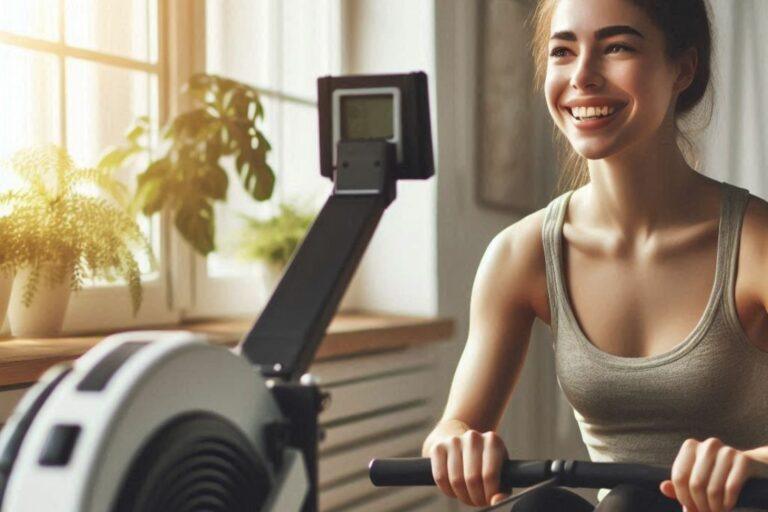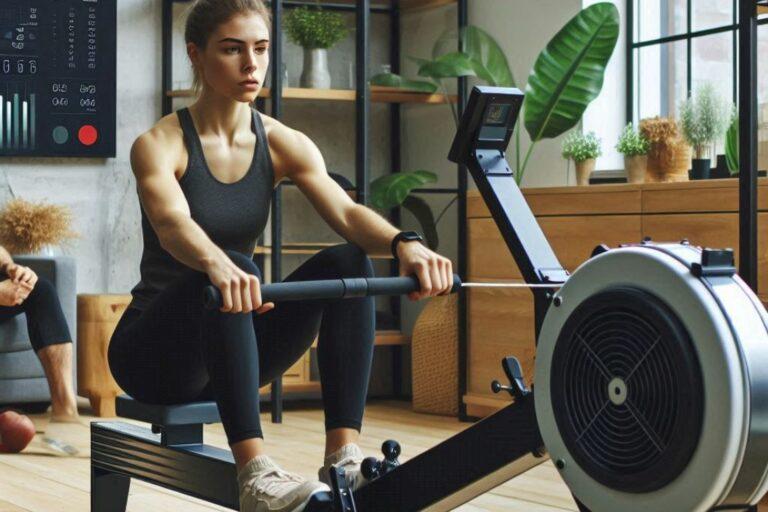Have you ever experienced a nagging knee pain that has prevented you from enjoying your rowing workouts?
Knee pain can be a frustrating and debilitating issue for rowers, hindering their progress and enjoyment of the sport.
This blog post will provide you with valuable information on preventing and treating rowing machine knee pain, allowing you to continue rowing without discomfort.
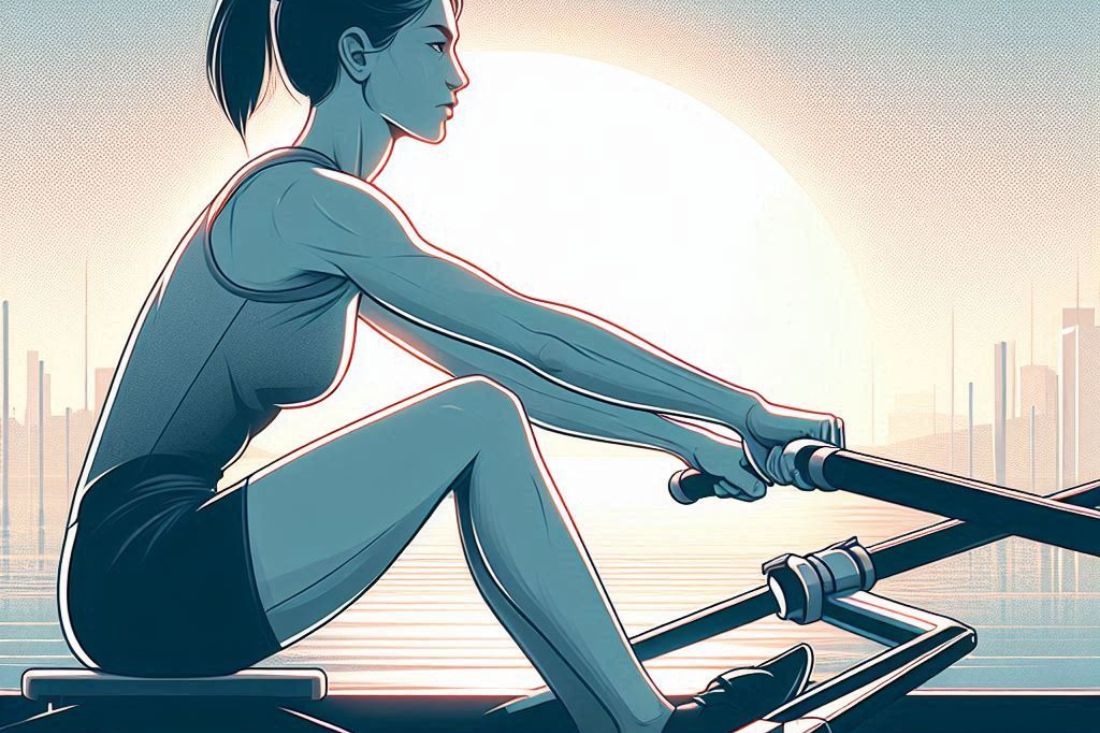
We’ll delve into common types of knee pain, effective prevention strategies, and treatment options.
By understanding the causes and taking proactive steps, you can minimize the risk of knee injuries and maintain a healthy rowing routine.
Key Takeaways
- Preventing rowing machine knee pain is essential for a comfortable and enjoyable rowing experience.
- Understanding the anatomy of the knee and the biomechanics of rowing can help you identify potential risk factors.
- Maintaining proper rowing technique, warming up, cooling down, and strengthening surrounding muscles can significantly reduce the risk of knee pain.
- If you experience knee pain, it’s important to rest, ice, and seek professional medical advice if necessary.
- By following these tips, you can continue to enjoy rowing without the hindrance of knee pain.
Understanding Rowing Machine Knee Pain
Knee pain while rowing can be frustrating.
Recognizing common types like rower’s knee and IT band syndrome, and understanding how knee anatomy affects rowing, are crucial for prevention and treatment.
Common Types of Knee Pain
When experiencing knee pain while rowing, it’s essential to identify the underlying cause for effective treatment.
Some common types of knee pain associated with rowing include:
- Rower’s Knee (Patellar Tendinitis): This condition involves inflammation of the patellar tendon, which connects the kneecap to the shinbone. It is often caused by overuse or improper technique.
- Iliotibial (IT) Band Syndrome: This condition occurs when the IT band, a thick band of tissue running down the outside of the thigh, becomes irritated or inflamed.
- Bursitis: Bursitis involves inflammation of the bursae, small fluid-filled sacs that cushion the joints. It can occur in the knee, leading to pain and swelling.
Table 1: Common Causes of Rowing Machine Knee Pain
| Condition | Symptoms |
|---|---|
| Rower’s Knee (Patellar Tendinitis) | Pain in the front of the knee, especially when going up or down stairs. |
| Iliotibial Band (ITB) Syndrome | Pain on the outside of the knee, often worse during or after exercise. |
| Bursitis | Swelling and pain in the knee joint. |
Anatomy and Biomechanics
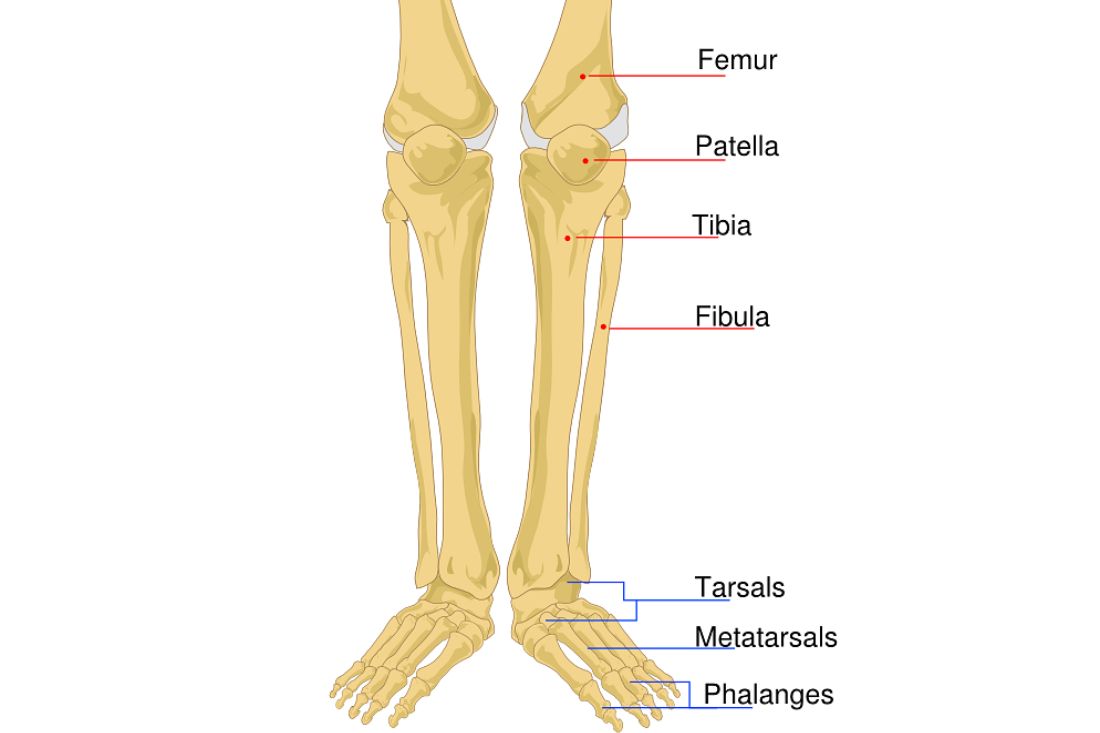
Understanding the anatomy of the knee and how rowing movements can stress the joint is crucial for preventing and treating knee pain.
- Knee Joint: The knee joint is a complex structure consisting of bones, muscles, tendons, and ligaments.
- Rowing Movements: Rowing involves a repetitive motion that can put stress on the knee joint, particularly the patellar tendon and the muscles surrounding the knee.
- Biomechanical Factors: Factors such as improper rowing technique, excessive training, or underlying muscle imbalances can contribute to knee pain.
By understanding the anatomy of the knee and how rowing movements can affect it, you can take steps to prevent and address knee pain.
Preventing Rowing Machine Knee Pain
To minimize the risk of knee pain while rowing, it’s essential to focus on proper form, warm-up and cool-down routines, strength training, and cross-training.
Proper Form
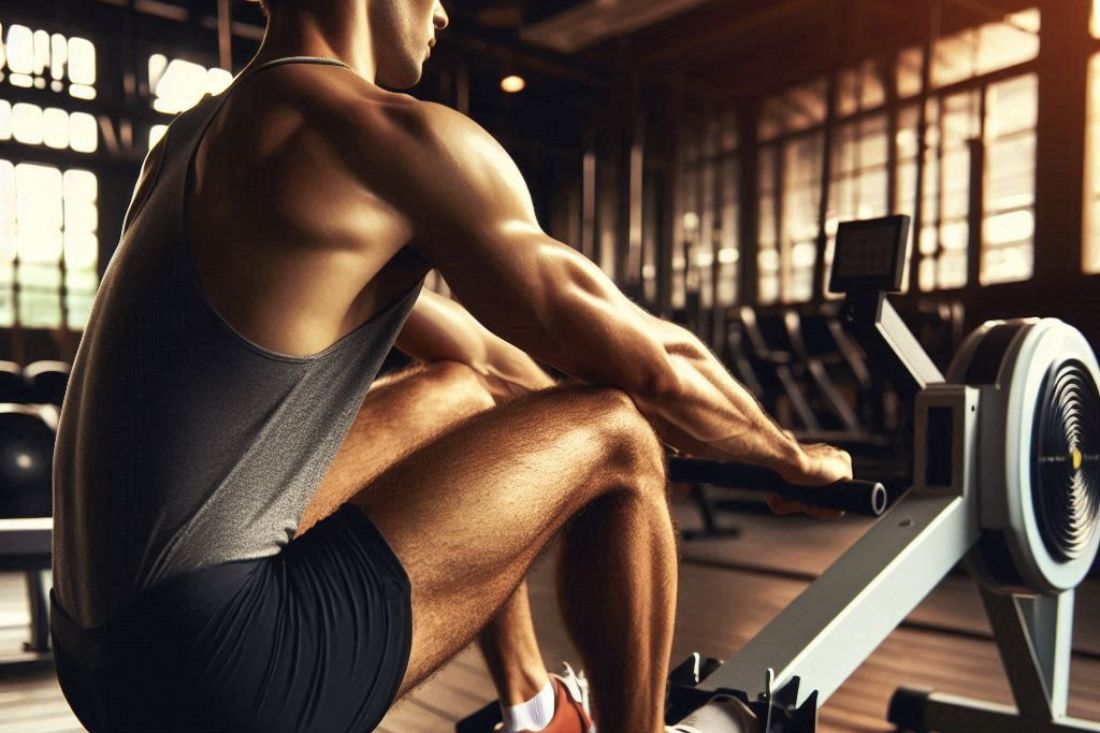
Maintaining proper rowing technique is crucial for preventing knee pain. Ensure that your:
- Back is straight: Avoid rounding your back, which can put extra strain on your knees.
- Legs are fully extended: Avoid locking your knees at the end of the stroke.
- Core is engaged: A strong core provides stability and support for your knees.
Warm-Up and Cool-Down
A thorough warm-up and cool-down routine can help prepare your muscles and joints for rowing and aid in recovery.
- Warm-up: Before rowing, engage in light cardio activities like jogging, cycling, or rowing at a low intensity.
- Cool-down: After your workout, gradually reduce your intensity and engage in static stretching to improve flexibility.
Table 2: Stretching Exercises for Knee Pain Prevention
| Exercise | Description |
|---|---|
| Quadriceps Stretch | Stand tall and bend one leg behind you, reaching for your heel. |
| Hamstring Stretch | Lie on your back and lift one leg, reaching towards your chest. |
| Calf Stretch | Lean against a wall with one leg forward and one leg back. Bend the front leg and keep the back leg straight. |
Strength Training
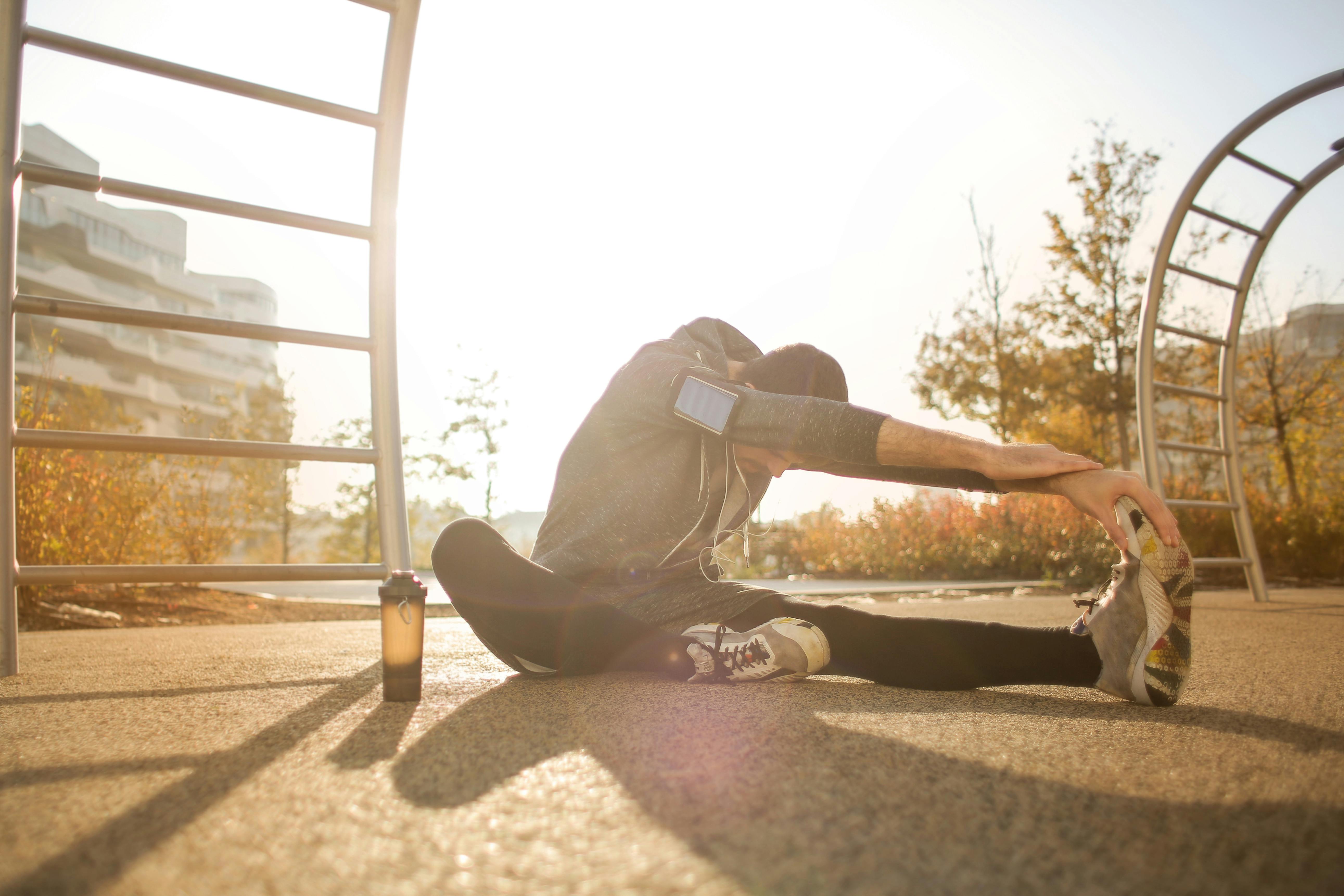
Strengthening the muscles around your knees can help provide better support and reduce the risk of injury.
Incorporate exercises that target your quadriceps, hamstrings, and calf muscles into your workout routine.
Table 3: Strength Training Exercises for Knee Support
| Exercise | Muscles Targeted |
|---|---|
| Squats | Quadriceps, hamstrings, glutes |
| Lunges | Quadriceps, hamstrings, glutes |
| Calf Raises | Calf muscles |
| Leg Press | Quadriceps, hamstrings, glutes |
Cross-Training
Engaging in cross-training activities can help reduce stress on your knees and prevent overuse injuries.
Consider incorporating low-impact activities like swimming, cycling, or yoga into your fitness routine.
Treating Rowing Machine Knee Pain
If you’re experiencing knee pain while rowing, it’s important to take steps to manage the discomfort and prevent further injury.
Rest and Ice
The RICE method is a common approach for managing acute knee pain:
- Rest: Avoid activities that aggravate your knee pain.
- Ice: Apply ice to the affected area for 15-20 minutes every 2-3 hours.
- Compression: Use a compression bandage to reduce swelling.
- Elevation: Keep your leg elevated above your heart to help reduce swelling.
Over-the-Counter Pain Relievers
Non-steroidal anti-inflammatory drugs (NSAIDs), such as ibuprofen or naproxen, can help alleviate pain and reduce inflammation.
Always follow the recommended dosage and consult with a healthcare professional if you have any concerns.
Physical Therapy
A physical therapist can provide personalized rehabilitation exercises to help strengthen the muscles around your knee and improve joint function.
They can also offer guidance on proper rowing technique and provide strategies for preventing future injuries.
When to See a Doctor
If your knee pain persists, worsens, or is accompanied by other symptoms like swelling, redness, or locking of the joint, it’s important to consult with a healthcare professional.
They can diagnose the underlying cause of your pain and recommend appropriate treatment.
Additional Tips for Knee Pain Prevention
To further reduce the risk of knee pain while rowing, consider the following tips:
Proper Footwear
Wearing supportive footwear can help protect your knees from excessive impact and strain. Look for shoes with good cushioning and stability.
Ergonomics
Ensure that your rowing machine is properly adjusted to your body size and height. Incorrect adjustments can contribute to knee pain.
Consult the manufacturer’s instructions or seek guidance from a fitness professional for proper setup.
Gradual Progression
Avoid sudden increases in intensity or duration of your rowing workouts.
Gradually increase the difficulty of your workouts over time to prevent overuse injuries.
By incorporating these additional tips into your rowing routine, you can further minimize the risk of knee pain and enjoy a more comfortable and enjoyable workout experience.
FAQs on Rowing Machine Knee Pain
Q: Can rowing cause knee pain?
A: Yes, rowing can cause knee pain if proper form is not maintained or if the workout is too intense. Common types of knee pain associated with rowing include rower’s knee (patellar tendinitis) and IT band syndrome.
Q: How can I prevent knee pain while rowing?
A: To prevent knee pain, focus on proper rowing technique, warm-up and cool-down routines, strength training, and cross-training. Additionally, ensure your rowing machine is properly adjusted and wear supportive footwear.
Q: What should I do if I experience knee pain while rowing?
A: If you experience knee pain, rest, ice, and apply compression and elevation (RICE). Over-the-counter pain relievers can also help alleviate discomfort. If the pain persists or worsens, consult a healthcare professional.
Q: Can I continue rowing if I have knee pain?
A: It’s advisable to consult with a healthcare professional to determine if it’s safe to continue rowing. They can assess the severity of your knee pain and recommend appropriate treatment.
Q: Are there any modifications I can make to my rowing routine to reduce knee strain?
A: You can adjust the resistance level on your rowing machine, shorten your workout duration, or incorporate more rest breaks to reduce strain on your knees.
Testimonials

Below are hypothetical example based on common experiences and feedback.
“I used to avoid rowing because of knee pain. I’ve made sure to focus on proper form, warm up thoroughly, and incorporate strength training exercises. It’s made a huge difference!”
“I was struggling with rower’s knee for months, but the advices helped me find relief. I’ve been more mindful of my rowing technique and have incorporated cross-training activities. My knee pain has significantly improved, and I’m back to enjoying my workouts.”
“I’m so grateful for this blog post. I didn’t realize how much my knee pain was affecting my overall fitness. By following the tips on preventing knee pain, I’ve been able to continue rowing without any discomfort. I highly recommend this blog to anyone experiencing knee pain while rowing.”
These testimonials demonstrate how the information in this blog can benefit readers who are struggling with rowing machine knee pain.
Conclusion on Rowing Machine Knee Pain
Preventing and treating rowing machine knee pain is essential for maintaining a healthy and enjoyable rowing experience.
By understanding the causes, implementing proper techniques, and seeking professional help when needed, you can minimize the risk of knee injuries and continue to enjoy the benefits of rowing.
Key Takeaways:
- Proper form and technique are crucial for preventing knee pain.
- Warm-up and cool-down routines can help prepare your muscles and joints.
- Strengthening exercises can provide better support for your knees.
- Cross-training can help reduce stress on your knees.
- If you experience knee pain, seek professional medical advice.
Start rowing pain-free today! By following the tips and strategies outlined in this blog post, you can enjoy a more comfortable and enjoyable rowing experience.
Credible Citations
Rowing and pain: does rowing lead to exercise-induced hypoalgesia?. ResearchGate
Exercise to Ease Arthritis Pain.My HealtheVet (.gov)

